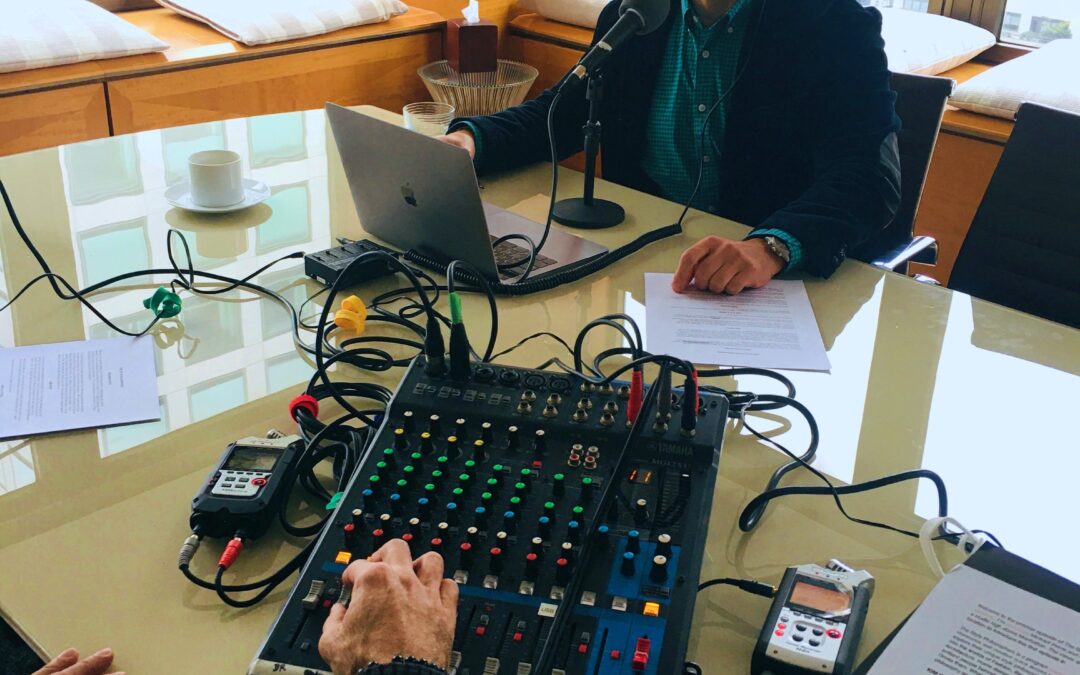Radio stations rely heavily on ratings to measure their audience and determine their popularity. In this essay, I will explain how radio stations get ratings, the methods used to collect data, and how this information is used to make programming decisions.
Radio ratings refer to the measurement of the audience reach and popularity of radio stations. Ratings are important for radio stations as they provide valuable insights into the listening habits of their audience, which can help them make informed programming decisions, attract advertisers, and compete with other radio stations.
There are two main methods used to collect radio ratings: diary-based surveys and electronic measurement systems. Diary-based surveys involve asking participants to record their radio listening habits over a period of time, usually one week. These surveys are typically mailed to participants, and they are asked to record the station they listened to, the time of day, and how long they listened. The data collected from these surveys is used to calculate audience reach and market share.
Electronic measurement systems, on the other hand, use devices installed in participants’ homes or cars to track their radio listening habits automatically. These devices capture information such as the station listened to, the time of day, and the duration of listening. The data collected from these devices is transmitted to a central database, where it is processed and used to calculate ratings.
The two main electronic measurement systems used for radio ratings are Portable People Meter (PPM) and Nielsen Audio. PPM is a small device that participants carry with them, and it captures inaudible codes embedded in radio station broadcasts to track listening habits. Nielsen Audio, on the other hand, uses a similar system to diary-based surveys but collects data electronically through an app installed on participants’ smartphones.
Once the data is collected, it is analyzed to determine the audience reach and market share of each radio station. Audience reach refers to the percentage of the population that listens to a particular radio station, while market share refers to the percentage of the total radio listening audience that a particular station captures.
Radio stations use this data to make programming decisions, such as determining which shows to air and at what times. They can also use ratings data to attract advertisers by demonstrating the popularity of their station and the effectiveness of their advertising. Additionally, radio stations can use ratings data to identify areas where they can improve and grow their audience reach.
In conclusion, radio stations use ratings to measure their audience reach and popularity. Ratings are collected through diary-based surveys and electronic measurement systems, and the data is used to make programming decisions and attract advertisers. Radio stations can also use ratings data to identify areas for improvement and growth, ensuring that they stay competitive in a crowded and constantly evolving media landscape.

